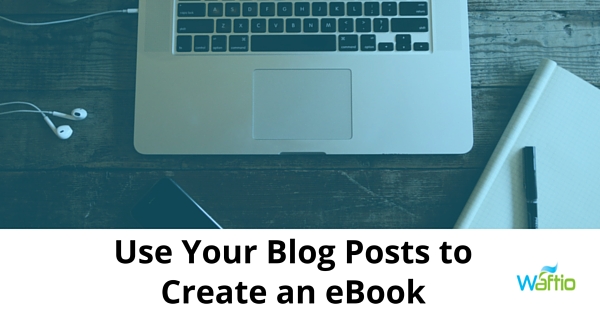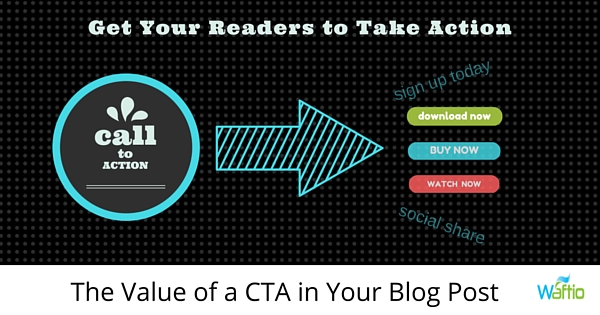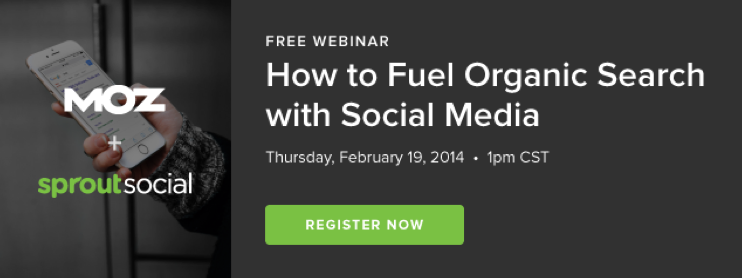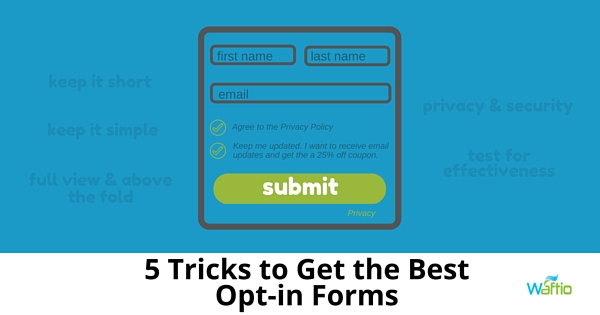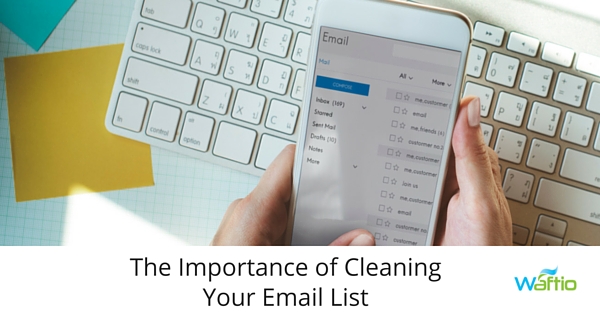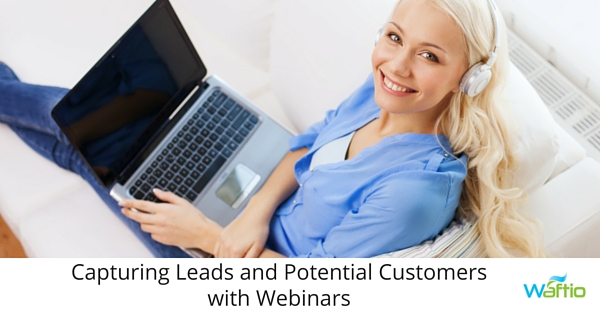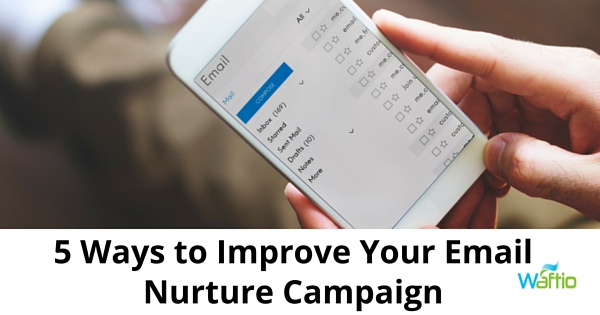
Leads are the life source for any business and nurturing them is vital to convert them to sales. These 5, easy to follow steps, will show you how to improve your email nurture campaigns.
1. Audience
Know your audience.
Your email marketing lists should be segmented in a strategic way that keeps in mind what your company needs to achieve and the messages you need to send. There is no point talking to a customer who’s just purchased your product, about the features the item. You wouldn’t want to bother a customer on the west coast about a service only available on the east coast.
These might be extreme examples, but they make the point. If you don’t plan your messages according to what readers want to see you risk losing that lead altogether. This is called segmentation. When someone purchases, move them off a prospect list to a upsell or nurture list with content relevant to them.
2. Plan
Timing is everything when it comes to talking to prospective customers. You need to know where the lead came from, why, and where they are in the buying cycle. Don’t try to close a sale if someone is still looking for answers and advice. Plan the message carefully depending on who you’re talking to, what they need, and how close they are to a buying decision.
It takes on average 7 points of contact for someone to trust your business enough to be ready to purchase. So your email campaigns should not sell in round 1, but nurture and build trust a number of emails before a “buy offer” is made.
3. Automate
If you are a very small business, it might, and I emphasize the word “might” be possible to manually nurture your leads. If you have a large database of leads, however, it’s almost impossible to manually stay on top of which email went to which list, what various members of that list did (or did not do) after reading the email, and what you should do next. MailChimp is one of the many companies that offer the ability to create an email automation series to help nurture your lead. Setup the sequence of emails once, then let it run on auto-pilot.
4. Help, Don’t Sell
The quickest way to lose a potential customer is to try and sell them something they don’t want. Instead, offer education and advice. They’re on your email list because they’re looking for a solution to a problem. When someone is looking for a plumber, what they need is to stop a leaky faucet from dripping all the time. The plumber is just the solution provider. Show them how you have helped other customers, point out how your product or service can help solve their problem, and become a valuable resource. Ask what they need and point them in the right direction. Pushing someone to buy nowadays turns them off pretty quickly.
5. Analyze and improve
Look at email open rates, click thru rates, opt-outs, etc. to determine what is happening and how emails compare to each other. As well, experiment with layout design, colors, images vs. text, calls to action, etc. Whatever you do always take some time to scrutinize the results and adjust any future campaigns accordingly. Not reviewing performance is a key misstep to avoid!
The worst thing you can do is…nothing. A list of potential clients, if nurtured correctly via email, is a tremendous way to grow sales.
Want to create an email nurture series campaign but don’t know where to start? Feel free to contact our team. We’ll go over the strategy and your topic. We’ll even write your nurture series if you’d like.

Author: Mike Gingerich, President of web firm Digital Hill, Co-Founder of TabSite .
Digital and Social Media Marketer, Speaker, and Business Consultant. Part geek, part marketer, total digital junkie! Seeking to add value, make the complex simple, and leave a positive impact.
Follow me on twitter: @mike_gingerich.
